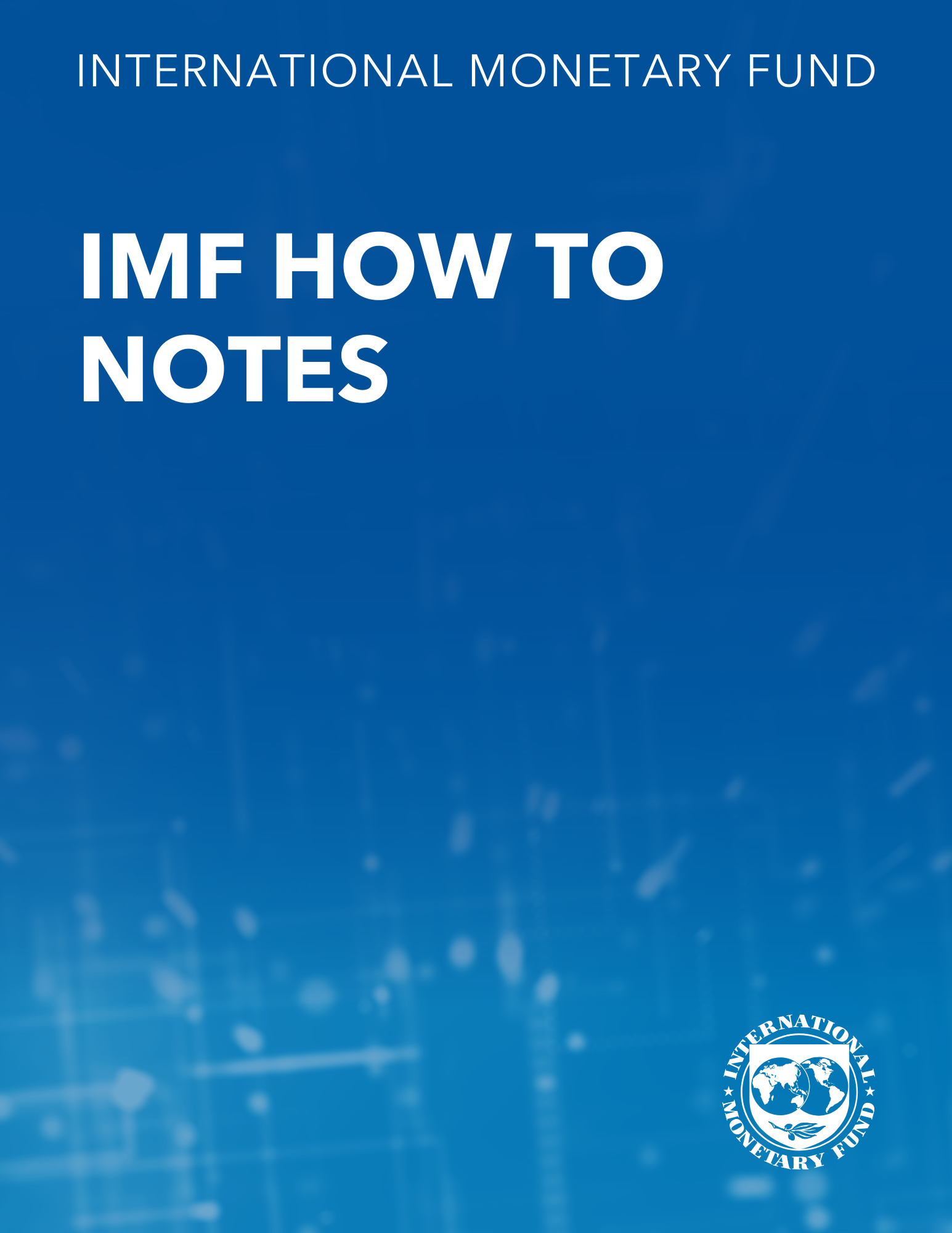The Tax Elasticity of Corporate Debt: A Synthesis of Size and Variations
April 1, 2011
Disclaimer: This Working Paper should not be reported as representing the views of the IMF.The views expressed in this Working Paper are those of the author(s) and do not necessarily represent those of the IMF or IMF policy. Working Papers describe research in progress by the author(s) and are published to elicit comments and to further debate
Summary
Although the empirical literature has long struggled to identify the impact of taxes on corporate financial structure, a recent boom in studies offers ample support for the debt bias of taxation. Yet, studies differ considerably in effect size and reveal an equally large variety in methodologies and specifications. This paper sheds light on this variation and assesses the systematic impact on the size of the effects. We find that, typically, a one percentage point higher tax rate increases the debt-asset ratio by between 0.17 and 0.28. Responses are increasing over time, which suggests that debt bias distortions have become more important.
Subject: Average effective tax rate, Corporate income tax, Marginal effective tax rate, Tax arrears management, Tax elasticity
Keywords: capital structure, CIT rate, debt-asset ratio, intracompany debt, tax shield, WP
Pages:
27
Volume:
2011
DOI:
---
Issue:
095
Series:
Working Paper No. 2011/095
Stock No:
WPIEA2011095
ISBN:
9781455253340
ISSN:
1018-5941






